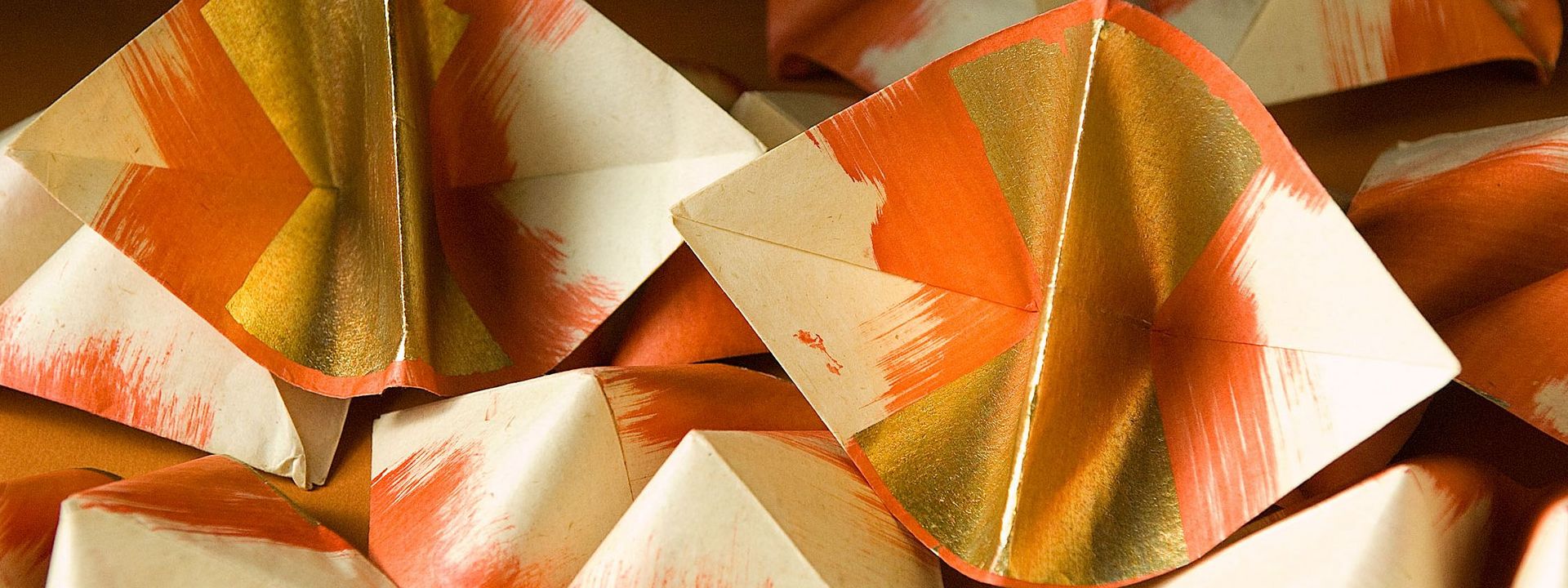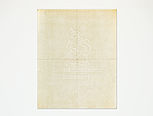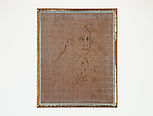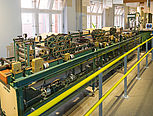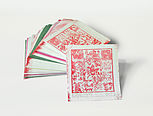Page for Page: Pulp, Macerate, Press, and Dry
Regardless whether paper is made by hand or with machines, the most important steps in the process are nearly identical. Paper is composed mostly of plant fibers, as well as fillers, adhesives, and dyes. Individual plant fibers are first pulped and mixed with water to form a slurry. This mixture is then screened using a special mold to remove excess water, and is finally pressed and dried to form sheets of paper. The history and technical development of papermaking is illustrated across a series of large tiles displayed in the exhibition room, which was once the stable of Carl Linde’s Cold Storage and Market Company. The stable’s old watering troughs are now used as vats for making the pulp slurry. Sheets of paper are hung to dry from the ceiling, just as in the drying loft of a paper mill. Special demonstrations show visitors how paper is made; they can even join in the process by smoothing the dried paper with a special stone.
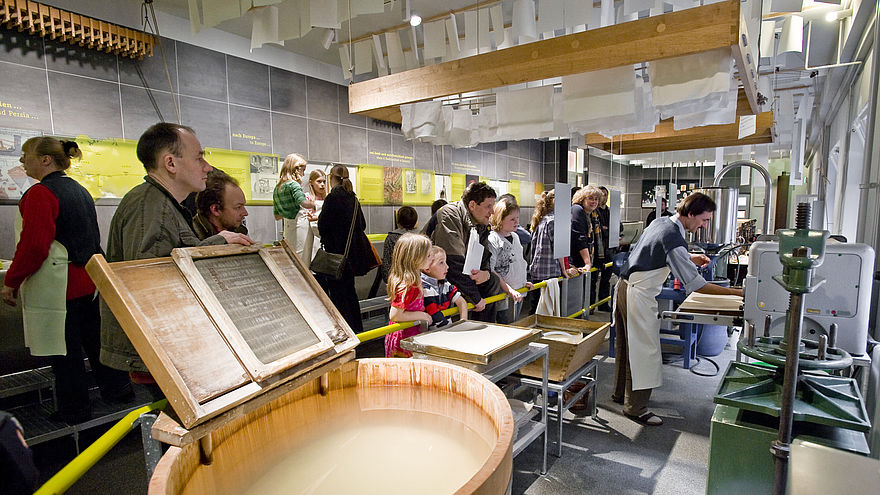
SDTB / N. Michalke
The Improvement of Techniques and Invention of Tools in Europe
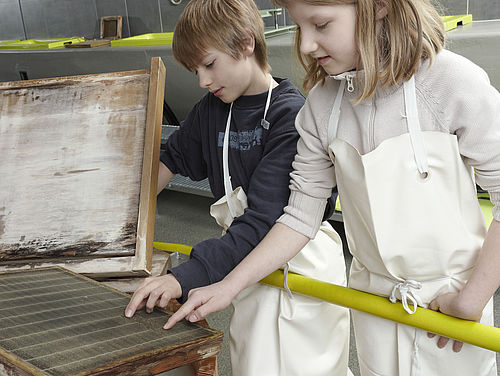
SDTB / C. Musiol
Papermaking in Europe began in the 11th century, in southern Spain and Italy. For a long time paper in Europe was made out of rags containing hemp or flax fibers. The raw material stayed the same, but production processes changed. In the 13th century, mechanized (but still artisanal) mass production began, with rags being mixed with water, mashed, and made into a slurry in water mills. At the same time, European papermakers improved the tools they used, for example introducing mechanical blades to pulp the rags. They also refined paper molds, making them out of metal wire instead of the bamboo still used in the Near and Far East. This not only improved the quality of the paper; it also made it possible to add watermarks to it.
The Great Breakthrough: Rolls of Paper instead of Individual Sheets
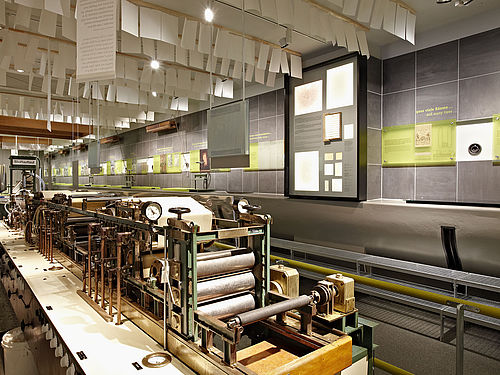
SDTB
Papermakers only started using wood pulp instead of rags in the mid-19th century. Machines were introduced as part of industrialization. The great breakthrough came in 1799, with French papermaker Louis-Nicolas Robert’s invention of the continuous paper machine. Now paper no longer had to be made one sheet at a time. This was the first step toward the industrialization of papermaking. The exhibition includes a paper testing machine made by Krämmerer in 1960. It was used for many years by the Federal Institute for Materials Testing in Berlin.
Paper Is Still Important – Despite Digitization
Paper retains its importance in our digital age. In the past, paper was a luxury good. Today it is the most important, least expensive, and most readily available medium for writing. If all the paper used in Germany in one year were piled up into a stack of A4 sheets, it would reach from the Earth to the Moon.
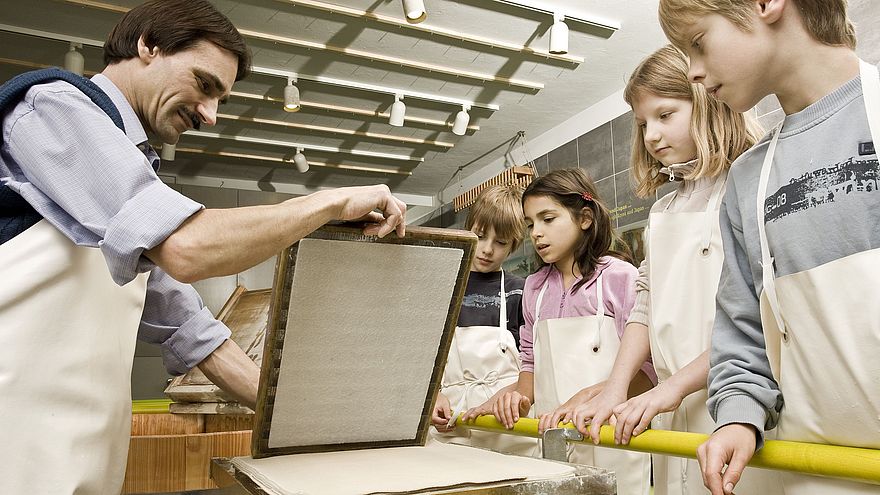
SDTB / C. Musiol
Highlights

Unicorn watermark
Watermarks are images or symbols hidden in paper that can be seen when it is held up to the light. Watermarks are created by raised wire, celluloid, or brass patterns in the paper mold. The patterns displace the wet pulp, either pulling it apart or pressing it together, thus leaving an image in the paper. This unicorn watermark is part of a watermark collection belonging to the Federal Institute for Materials Research.
Undated, gift of the Bundesanstalt für Materialforschung und -prüfung

Metal screen with a watermark of Frederick the Great
Using a special mold with a screen, the slurry of cellulose is lifted out of the tub. The water then drips through the screen, whereas the solid mass of fibers remains on top of it. This particular screen has a special feature: it can be used to create a watermark in the form of a likeness of Frederick the Great. To create paper with this watermark, a raised wire outline is laid on top of the metal screen. The paper in this area turns out thinner and thus more translucent.
Gebrüder Ebart, 1910

Continuous paper testing machine
This machine was used for many years in the Federal Institute for Materials Research (Bundesanstalt für Materialforschung und -prüfung, BAM) in Berlin. It was given to the Deutsches Technikmuseum as a gift in 1987. The machine was restored and repaired in 2008. It is used to demonstrate to visitors all of the stages of industrial paper production.
1960, gift of the Bundesanstalt für Materialforschung und -prüfung

Lungta paper
Ceremonial paper of this kind is used in the Buddhist world as a prayer flag. Buddhists string the flags up, believing that the wind will carry their prayers to the sky. Many prayer flags feature the mythological wind horse (lung = wind, ta = horse), who is thought to be an especially effective transmitter of prayers.
2001, on loan from T. Weber

